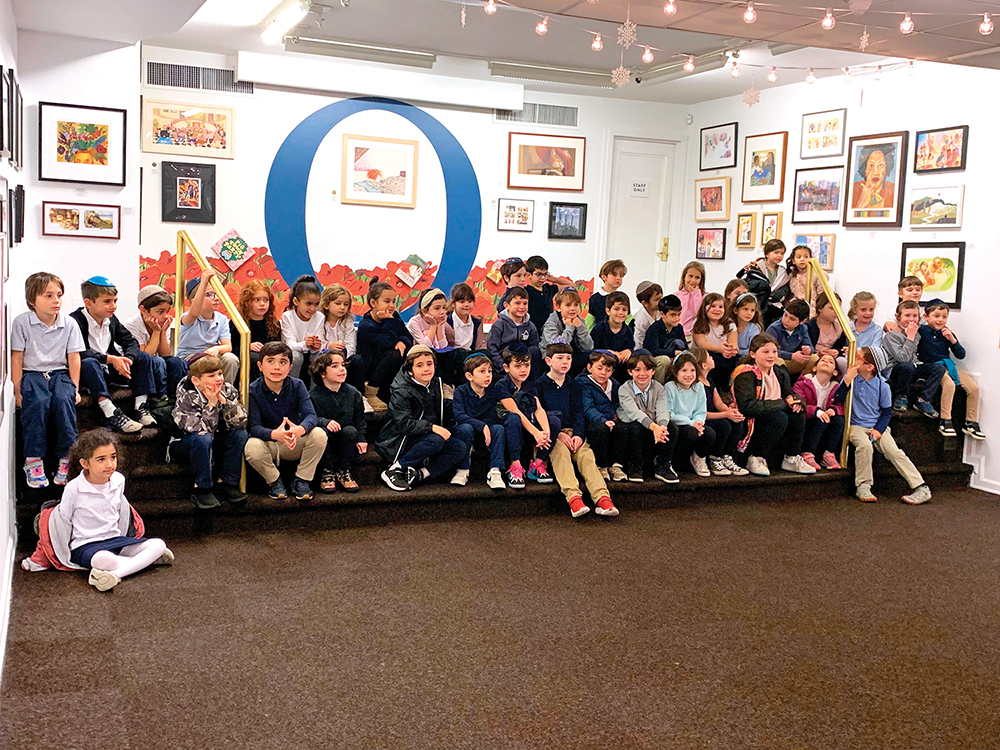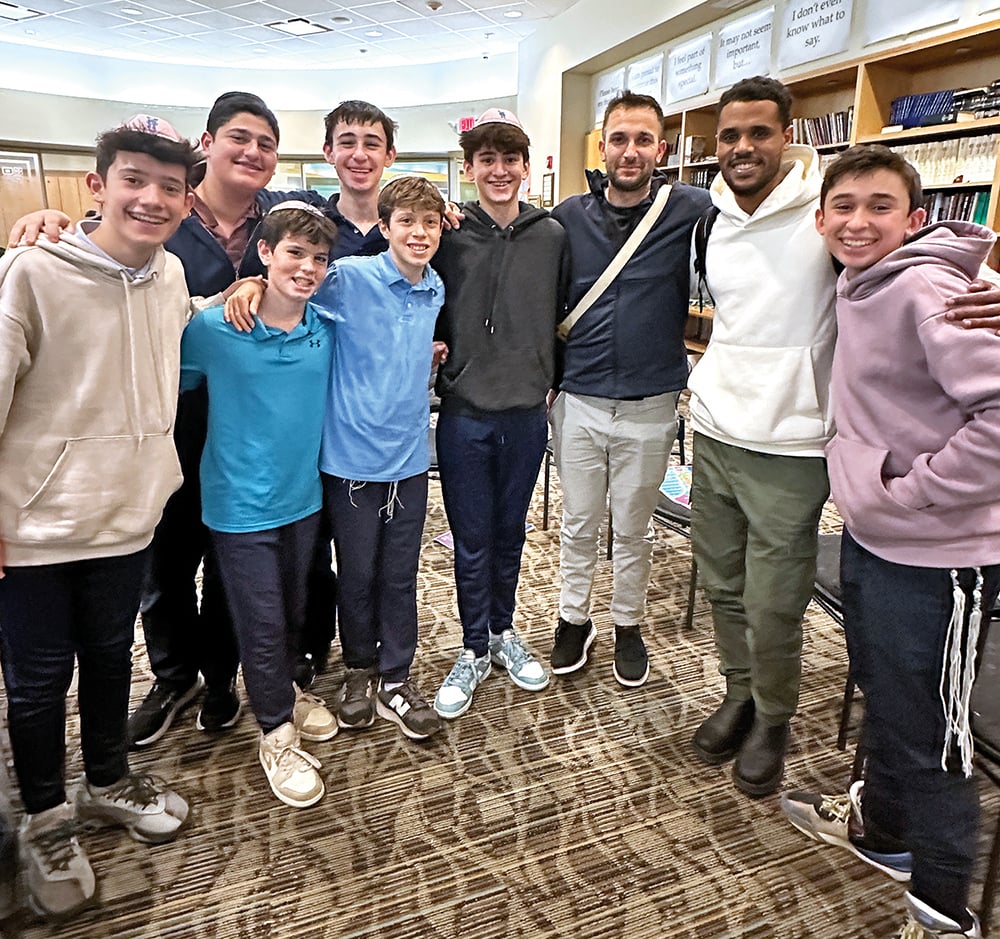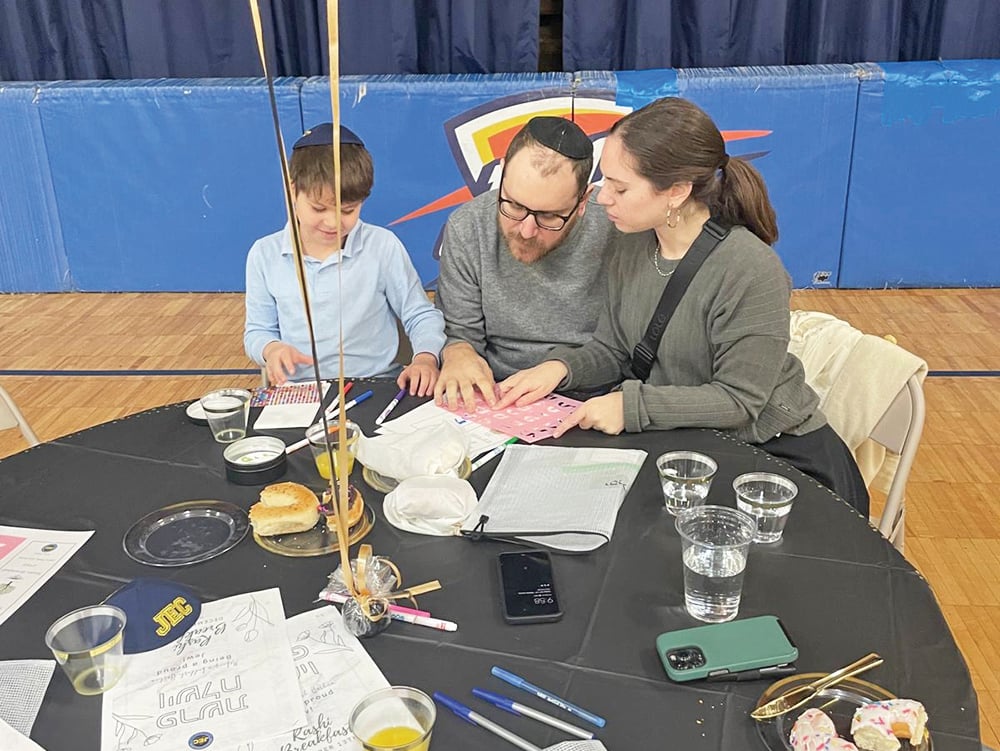Highlighting: “The End of 1942: A Turning Point in World War II and in the Comprehension of the Final Solution?” Dina Porat and Dan Michman in cooperation with Haim Saadoun. Jerusalem, Israel: Yad Vashem Publications, 2017, 384 pgs. ISBN: 978-965-308-562-6.
This is another very significant work of essays published by Yad Vashem. Edited by Dina Porat, chief historian of Yad Vashem, and historian Dan Michman, the head of the International Institute for Holocaust Research, the book contains four parts with 16 articles exploring the response to the news about the destruction of European Jewry. Part one focuses on the theaters of war; part two examines how reports about the mass slaughter were understood and perceived; the third probes how fundamental issues were handled by the various European regions and countries; and the fourth deals with the challenges this information posed for major Jewish organizations, especially the Jewish Agency, as well as the International Committee of the Red Cross and Pope Pius XII.
Among the questions they ask are: By the end of 1942, what did the Allies know and believe about the Nazi policy toward the Jews? Did the media, the Vatican, the International Committee of the Red Cross and the international intelligence services have reliable information about the Final Solution, and if so, what messages did their statements communicate to the public? When did the leaders in the free world learn of the Nazi plan and how did they respond? What did they perceive their options to be?
There is a very useful appendix of basic documents including the Riegner Telegram (August 8, 1942), the Jewish Agency Declaration (November 23, 1942); the Allied Declaration (December 17, 1942) and Pope Pius XII’s Christmas Eve Speech (December 24, 1942).
The Riegner Telegram And Response
On August 8, 1942, Gerhart M. Riegner, secretary of the World Jewish Congress in Geneva, Switzerland, sent a cable to Rabbi Stephen S. Wise, president of the American Jewish Congress, about the Nazi intention to exterminate all European Jews living under Nazi control. This amounted to between 3.5 million to 4 million Jews in the East. Riegner assured Rabbi Wise “that the informer [of his information] is reported [to] have close connections with the highest German authorities and his reports to be generally reliable.”
American Jews reacted with protests, a day of fasting and prayer throughout the U.S., and periods of silence for the dead. They were told retribution would have to wait until after the war ended. On October 7, President Franklin D. Roosevelt said he would cooperate with the British and other governments “in establishing a United Nations Commission for the investigation of war crimes.”
On November 23, 1942, the Palestine Post ran black-bordered columns to report the “harrowing accounts received by the Jewish Agency Executive in Jerusalem from reliable sources, on the mass murders and slaughter which have been carried out among Jews of Poland and among those from Western and Central Europe deported to Poland.” The next day, Roosevelt informed Jewish leaders in the U.S. that intelligence agencies confirmed the authenticity of these reports.
On December 17, the U.S., Britain, the Soviet Union and the governments-in-exile issued a statement condemning “in the strongest possible terms, this bestial policy of cold-blooded extermination. … They re-affirm[ed] their solemn resolution to ensure that those responsible for these crimes shall not escape retribution, and to press on with the necessary practical measures to this end.”
In the Pope’s Christmas Message on December 24, 1942, he declared, “Mankind owes that vow to the hundreds of thousands of persons, who without any fault on their part, sometimes only because of their nationality or race, have been consigned to death or a slow decline.”
A Final Note
One question Dina Porat and Dan Michman ask, which remains a central question: “In a world that cost the lives of 55 million citizens and soldiers and caused destruction and suffering on an unprecedented scale—was there at all a possibility of acknowledging the horrific fate of a particular group?”
Dr. Alex Grobman is the senior resident scholar at the John C. Danforth Society and a member of the Council of Scholars for Peace in the Middle East. He has an MA and PhD in contemporary Jewish history from The Hebrew university of Jerusalem. He lives in Jerusalem.













